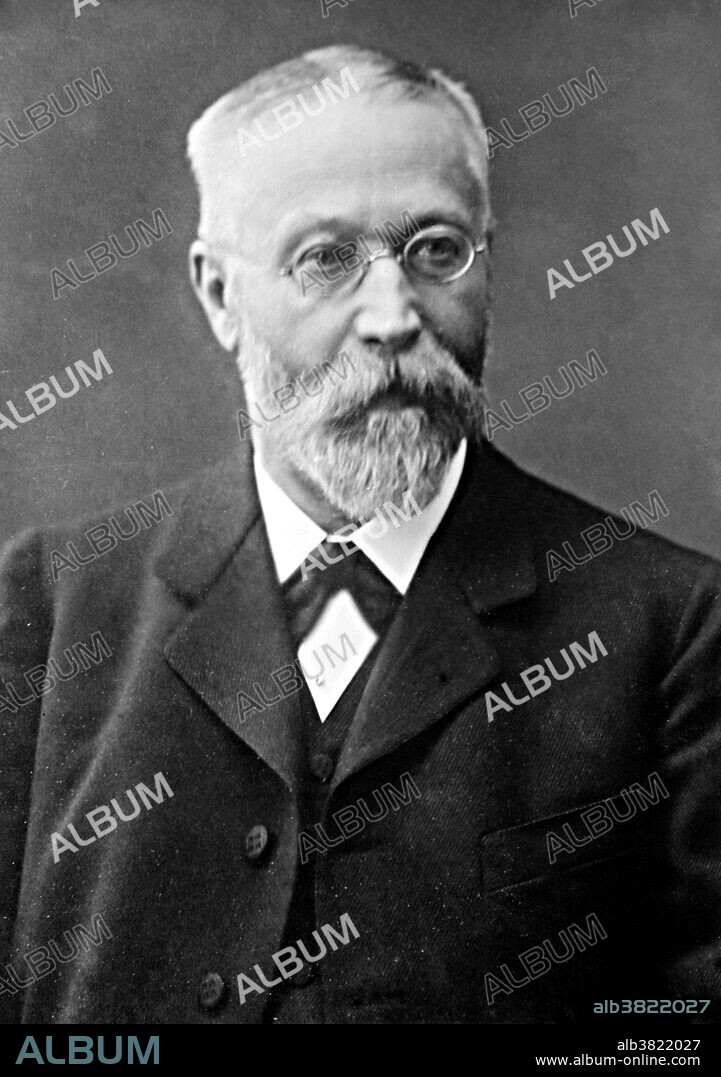alb3822027
Karl Ferdinand Braun, German Physicist

|
Añadir a otro lightbox |
|
Añadir a otro lightbox |



¿Ya tienes cuenta? Iniciar sesión
¿No tienes cuenta? Regístrate
Compra esta imagen.
Selecciona el uso:

Título:
Karl Ferdinand Braun, German Physicist
Descripción:
Ver traducción automática
Karl Ferdinand Braun (June 6, 1850 - April 20, 1918) was a German inventor and physicist who contributed to the development of the radio and television technology. In 1897 he built the first cathode-ray tube (CRT) and cathode ray tube oscilloscope. Around 1898, he invented a crystal diode rectifier. His circuit afforded a much longer sustained oscillation because the energy encountered less losses swinging between coil and Leyden Jars. And by means of inductive antenna coupling the radiator was better matched to the generator. The resultant stronger and less bandwidth consuming signals bridged a much longer distance. In 1909 Braun shared the Nobel Prize for physics with Marconi for "contributions to the development of wireless telegraphy." Braun went to the US at the beginning of WWI (before the U.S. had entered the war) to help defend the German wireless station at Sayville, New York, against attacks by the British-controlled Marconi Corporation. After the US entered the war, Braun was detained, but could move freely within Brooklyn, New York. He died in 1918 at the age of 67.
Crédito:
Album / LOC/Science Source
Autorizaciones:
Tamaño imagen:
3237 x 4595 px | 42.6 MB
Tamaño impresión:
27.4 x 38.9 cm | 10.8 x 15.3 in (300 dpi)
Palabras clave:
1850 • 1918 • ALEMAN • ALEMANA • ALEMANES • BLANCO Y NEGRO • CIENCIA • CIENTIFICO • EUROPEA • EUROPEAS • EUROPEO • EUROPEOS • FAMOSA • FAMOSO • FIGURA • FÍSICA (CIENCIA) • FÍSICO (CIENTIFICO) • FOTO • FOTOGRAFIA • GANADOR DEL PREMIO NOBEL • GENTE • HISTORIA • HISTORICO • HOMBRE • HOMBRES • IMPORTANTE • INVENTOR • MASCULINO • NOBEL • PERSONA • PERSONALIDAD • PERSONALIDADES • PORTRAIT • PREMIO NOBEL • RETRATO DE HOMBRE • RETRATO • S. XX • SIGLO XIX • SIGLO XX • TECNOLOGÍA
 Pinterest
Pinterest Twitter
Twitter Facebook
Facebook Copiar enlace
Copiar enlace Email
Email
